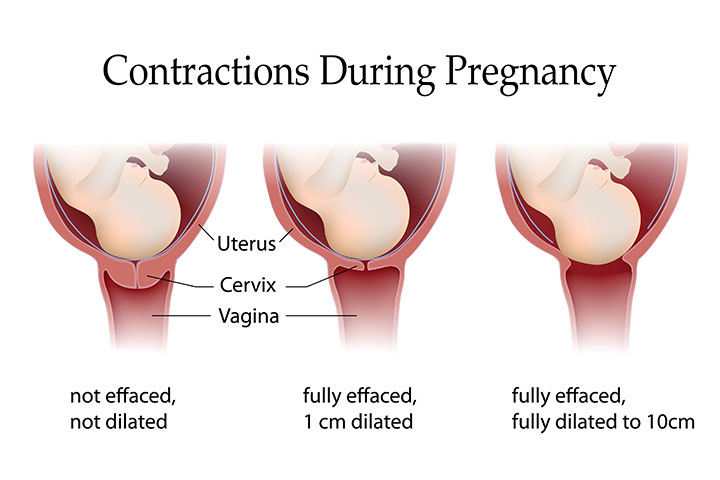The Physics of Childbirth

Overview
The process of pregnancy is traumatic to a woman’s body. It alters hormones produced in the body as well as physically changes the organs as the baby continues to grow. A woman may feel the effects taking place inside her body as it reacts to pregnancy by producing symptoms such as; nausea (theorized that is caused by the (hCG) hormone or the imbalance of blood sugar) vomiting, changes in the breasts, food cravings, and dizziness. The grueling but also wonderful nine months of pregnancy is not complete without the final stage of pregnancy; childbirth. This dreaded childbirth stage may include long tormenting hours of pain during as labor progresses. Many women take the challenge of having children and physically endure multiple changes that would seem impossible to most, but as well I believe we can all agree women are a bit magical in a sense that childbirth is physically demanding; yet, can be done successfully.
Pregnancy
The route to childbirth takes nine months of physical changes in the woman’s body. The changes her body endures include: Respiratory System, Cardiovascular System, Gastrointestinal System, Breasts, Endocrine System, Abdomen, Urinary System, Musculoskeletal System, skin, and others.
To briefly define some pregnancy changes, the cardiovascular changes involve an increase in cardiac output, increase in blood volume, and an elevated resting heart rate. The gastrointestinal changes include the shifting of the stomach and intestines. The stomach and intestines are shifted to the back of a woman’s body dramatically displacing them from their original positions.
The abdomen of the body beings to change during the second trimester of pregnancy as the abdomen begins to expand. The uterus will reach the rib cage. As the abdomen expands, the abdominal wall and ligaments will support the uterus. As the uterus expands it creates a change in the urinary system as it puts pressure on the bladder as it grows.


https://www.youtube.com/watch?v=R-lrEBevJ60
Going into labor
Labor may take a few hours and the uterine pain is often described as sharp stabbing. During labor, “Muscle contractions occur by a sliding filament mechanism whereby the action of the actin filaments sliding over the myosin filaments creates the contraction of the muscle.” (http://www.unc.edu/~malloyk/). The muscles are continuously contracting and muscle contractions require a great amount of energy.
“The labor process is driven by two forces.
1. The primary force is generated involuntarily by uterine muscle contractions. This force affects dilation and
is important in the delivery of the fetus from the uterus to the birth canal.
2. The secondary force is produced by voluntary contractions of the abdominal muscles to increase
intra-abdominal pressure and intra-uterine pressure. This force has no effect on dilation, but it is critical
to the delivery of the infant from the uterus and birth canal after the cervix is completely dilated.” (http://www.unc.edu/~malloyk/)
Amniotic fluid controls the pressure inside the uterus as pressure is important during the process of labor. The less fluid, the more pressure is created inside the uterus. The formula represents the force and pressure.

P(pressure) = F(force)/A(area)
As a women is giving birth her pelvis expands to allow the baby to fit through and then contacts after the baby is born. The pain in the uterus is relieved as the baby is born.
http://www.unc.edu/~malloyk/
http://thechildbirthprofession.com/birth-simple-physics/
http://www.healthline.com/health/pregnancy/body-changes-infographic
Comments (2)
brian rasnow said
at 1:05 pm on Aug 31, 2015
You maybe interested in the roles of endo-opioids (https://en.wikipedia.org/wiki/Opioid#Endogenous_opioids) and oxytocin (https://en.wikipedia.org/wiki/Oxytocin) in pain management, and behavioral changes -- a mother behaves towards her infant in very differently than towards others. Neuroethology looks at the neurological basis for those (and other) behaviors.
Why does all this happen and feel this way?? A great reference is Jared Diamond's small book, "Why Sex is Fun" -- check it out!
brian rasnow said
at 8:38 pm on Sep 1, 2015
Also is there any good theory that explains the nausea?
You don't have permission to comment on this page.